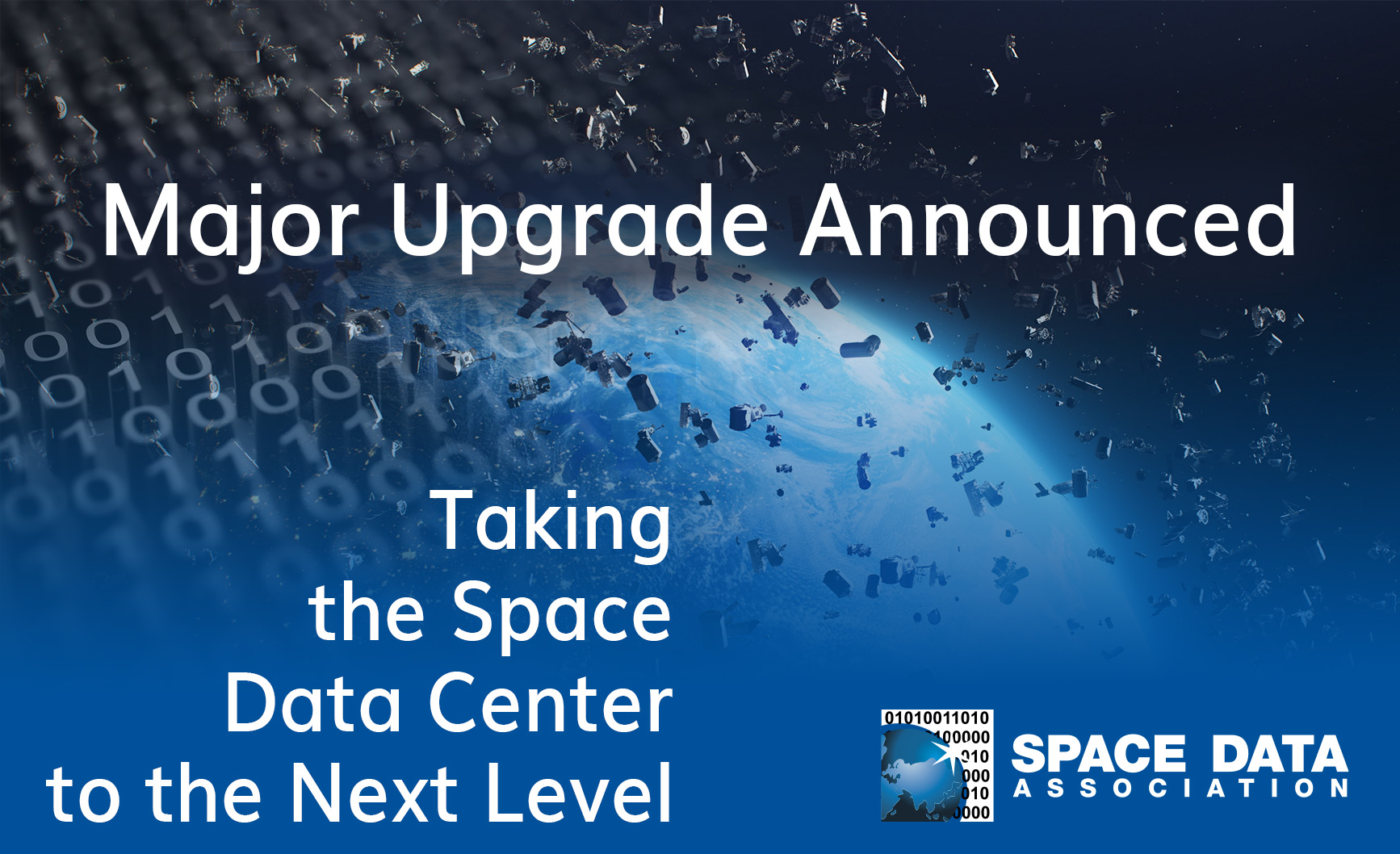The Space Data Association (SDA) recently talked about space safety at the SpaceOps 2023 Conference in Dubai. The Space Data Center (SDC) Programme Manager Dan Oltrogge of COMSPOC’s Center for Space Standards and Innovation, spoke about how the SDA is improving spacecraft safety through a major upgrade to the SDC.
Current status
In the 12 years since the SDA’s been in operation, it’s provided reliable flight safety information for approximately 30 spacecraft operators. It relies on its SDC, operated by COMSPOC Corporation, for flight safety data exchange and processing. 32 global space operators currently participate in the SDC, and they operate spacecraft spanning all orbital regimes, form factors and mission types.
The SDC currently performs safety-of-flight analyses for 736 spacecraft, 450 of which are in LEO and MEO, and 286 in GEO. The SDC’s ability to ingest space data from spacecraft operators and merge that with accurate space debris catalogues from the U.S. Space Force’s space catalogue has allowed the SDC to generate decision-quality Space Traffic Coordination (STC) analytics. This enables it to serve as a distribution hub for space data, to be a focal point for comparative SSA and quality control, and at the same time provide high-availability Space Situational Awareness (SSA) and STC services.
After being in operation for over a decade, the SDA has drawn on experience and concluded that in order to achieve long term sustainability of space activities, comprehensive aggregation of massive amounts of observations, data, environment, statistics, risk assessment, and advanced analytics is required. It has noted that the information to be processed is expected to increase significantly because of the launch of New Space’s large constellations, as well as improved SSA sensors and enlarged space catalogue. As the number of operational spacecraft overtakes the known debris population, data exchange is only going to become more important. In addition, the need to mitigate LEO collision risk will continue to increase in importance.
Currently, all operator, Space Surveillance Network, and CelesTrak data is ingested directly into the SDC, where all computations take place and operators use multi-factor authentication to access, view, and interact with the SDC’s database. The current SDC performs Conjunction Assessment (CA) screening using both TLEs (as a primary or “single-stage” screening mode) and SP screening/refinement (as a two-stage screening).
Major upgrade announced
At the SpaceOps conference, the SDA and COMSPOC announced a major upgrade to enhance and further strengthen the SDC. This upgrade marks the first substantial change since it was originally developed between 2008 and 2010. Although the current system is robust, available and secure, there is a need to develop and enhance it to better support flight safety in light of increased activity in New Space with the launch of large constellations. The SDC is transitioning over to be computationally hosted on COMSPOC’s fully scalable SSA Software Suite (SSA Suite).
The transition to the upgraded SDC system will be carried out using a phased implementation approach. In the first transition phase, the COMSPOC operational framework will be implemented in parallel to the current SDC system. Following successful completion of Transition Phase 1, which will include shadow-mode testing, verification, and certification of the new SSA Suite framework, the old SDC computational framework will be retired.
In the second phase, expected to be completed by 15th May 2023, COMSPOC SSA Suite will fully replace the current SDC computational framework. Within the SSA Suite framework, the new SDC provides scalable, state-of-the-art conjunction assessment, single-stage screening against best available positional products, synthetic covariance generation and ingest, estimated actual collision probability and risk evaluations, as well as the use of estimated space object sizes. Also included are optional enhanced capabilities to fuse multi-source observations and planned manoeuvres to generate HiDeph ephemerides for SDA member spacecraft using native orbit determination capabilities.
Benefits of new system
The new SSA Suite has been designed to be scalable to accommodate not only current SDA member spacecraft loading, but also large constellations and space object catalogues of a much larger size than currently screened against today. This not only strengthens flight safety, but also effectively future proofs the system.
The transition to an SSA Suite foundation also provides the SDA customer with the benefit of COMSPOC’s continuous improvement and enhancement efforts (versus a static SDC architecture). By incorporating single-stage screening using the best positional knowledge pairings, the system can eliminate the generation, transmission, and analysis of duplicate CA results. This will obviously benefit operators by reducing the FDS workload.
In terms of operations, the SSA Suite-based system allows for higher levels of operations support from a broader operations team and knowledge base working with a common tool set in support of the merged COMSPOC and SDC operations. This higher level of support may allow for an expansion from the current five-day operational support to seven day operations.
The SDC User Interface has also been substantially enhanced and modernized. Main changes include improvements to the way data is displayed and retrieved as well as enhanced ability to filter and sort data.
Conclusion
The SDC continues to use comprehensive data sharing, advanced algorithms, assured processing and the aggregation and fusion of all-source data, to provide world class conjunction assessment capability. The effectiveness of the SDC system was demonstrated when the SDA and COMSPOC infrastructures were successfully utilized to support a US Department of Commerce STM pilot. As part of the project, positional knowledge on a set of 10 active spacecraft was provided to 13 operators.
The SDC upgrade demonstrates the SDC and COMSPOC corporation’s commitment to strengthening flight safety for the global space community. The SDC’s transition from its original native CA analysis infrastructure to one based upon the COMSPOC SSA Suite will clearly bring a number of benefits in terms of scalability, maintainability, accuracy, and capability.

